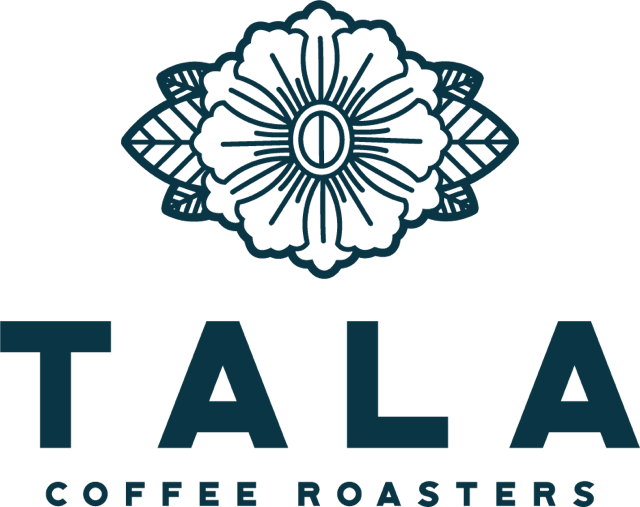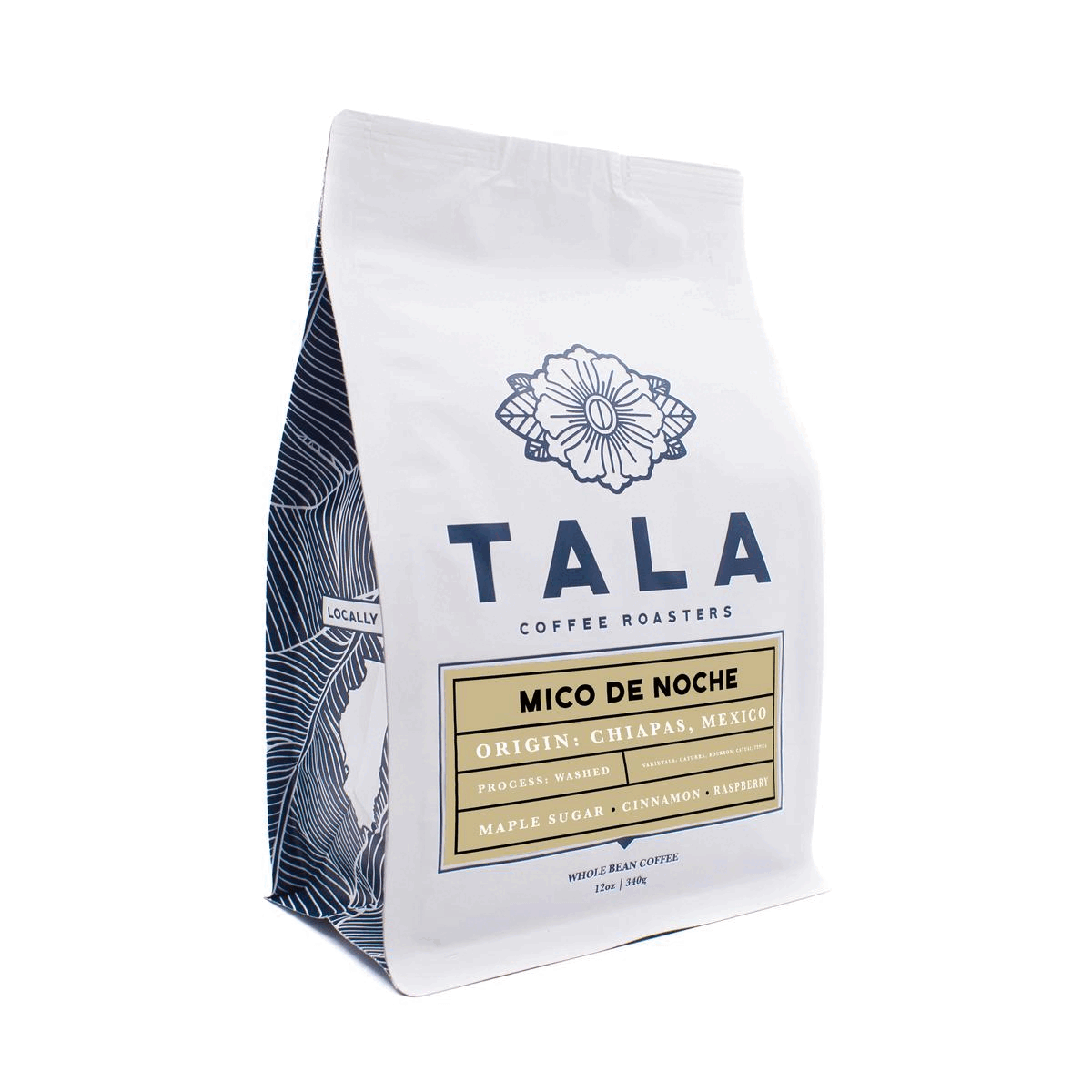The Story Behind Mico de Noche
All coffees carry a story. The farmers grow the coffee and add to the story but even before the farmers, somehow coffee made it to that region. To where it is being planted, grown and harvested by the farmer who decided to take a chance on coffee. Sometimes the original story is lost in years of work, in years of travel from one continent to another, in years of early settlement. But sometimes, on small farms, in areas where the farmer is diligent and peticular about the details, the story stands. Or maybe it becomes legend.
“Don Gerónimo Mancinelli, a German settler was the first to set foot in Chiapas with a coffee plant. He moved to the Sierra del Soconusco, Chiapas, to enter the mountains and seek refuge. This is how the coffee cultivation in Chiapas somehow started on his farm on Chacara, owned by the Mancinelli Family, and which is currently a German-owned tourist farm called Finca Argovia. However, coffee became established in this area in the late 19th century and attracted with it the migration of European and Asian settlers.”
-Carvela Coffee, our importer partner for this coffee
About the Coffee
Mico De Noche is produced in South-East Chiapas near the border of Guatemala and the Pacific. This specific area of Mexico is one of the main paths where coffee first entered— through the South Pacific Ocean route— all the way back in the 16th century!
Mico de Noche, or “night monkey,” was named because of the ever-present night monkeys that can be heard on the farm where the coffee is grown. This specific single origin is not produced by one farmer but instead a group that is named “100 small-scale farmers”. This means that there are many farmers who work the land and form a cooperative effort of stakeholders in the operation.
Why we picked it
“When we were looking for a new coffee (in 2021) we had this gap in our lineup for a coffee that was really round, really rich, really sweet and approachable. We were specifically cupping coffees to find something that was everything that the Mico de Noche was, which was the really approachable warm flavors that are super easy to market, super easy to enjoy. We were looking for a bridge between our house blend Ruca and some of the other single origins that we had. It was kind of a gateway coffee, if you will”, Keith shares after recalling their first cupping of Mico De Noche over a year ago.
The leadership team all agreed that they needed a good in-between coffee to introduce people to single origins that wouldn’t make newer coffee drinkers run away in confusion, as some super bright or acidic offerings might do. Although an unpopular take in the specialty industry, we believe that however you like your coffee is the way to have it. Coffee should be approachable. There is no wrong or right way to talk about it and if you don’t know where to start, whether it’s ordering a coffee at the cafe or picking out your first bag specialty coffee beans, it should be a fun and pleasant experience! Just like drinking a cup of Mico de Noche, “I just remember it being really enjoyable… really syrupy, really sweet, carmely, chocolatey, spicy, it was all the things that we wanted in a good bridge coffee. I remember thinking that this is one of the most coffee flavored coffees but in the best exciting, warm, comforting kind of ways.” (Keith)
Why we chose it two years in a row
“I think we jump at the opportunity if there’s a coffee that we’ve had in the past and really enjoyed. We obviously chose that coffee in that time for a reason. We like to, if we can, revisit coffees so if they come around we’ll always get samples of them,” Keith shares, “but it’s very seasonal, it’s not ubiquitous. Especially the coffees we’re getting, they are farmed very intentionally at a very small scale relative to the rest of the coffee world. So differences in weather and adjustments in farming, production and even processing can lead to the coffee tasting one way another… we saw that the sample came out and we cupped everything blind… it was the same type of experience that we had had before, slightly different flavors, but same type of experience. We all zoned in on all of us enjoying it and once we got to flip over what was on the table, we all saw it was Mico de Noche and were like ‘Of course!’ It’s so sweet and so warm and so approachable. It’s a better version… It’s a little more complex. It’s version two.”
What it means when we say it came from the same farm
This is a question that seems so simple, but sometimes wrapping your head around the idea is the more complicated part. It becomes a lot easier when you start to think of it in terms of things you are already familiar with—such as apples! Coffee and apples are similar in a lot of ways, there is one crop—a tree—that bears fruit once a year (or sometimes twice for coffee, depending) and has a bunch of different varietals of fruit. For example you have honey crisp, gala, and fuji apples and for coffee you have typica, bourbon, and catura fruit varietals. So when we say it is a single origin coffee from the same farm it simply means all of the coffee cherry varietals came from the same trees on this one specific farm, sometimes it’s even one specific orchard in the farm. This means year after year, with good growing conditions, you could technically continue to buy coffee from the same crop and most of the time they will be fairly similar.
When questioned why this matters Keith helped fill us in, “All the coffees we get are very traceable so we know it’s not just coffee from Kenya. It’s in Kenya, in this region, in this county, on this farm produced by this farmer, processed at this specific mill and washing station. We know the traceability of it so from year to year we can say we purchased this coffee from this exact farm so nothing has necessarily changed when it comes to the where. And the where is this big, important thing. The same way it is with wine where people know different wines are coming from different areas of the world and they’re known for what they are because of where they’re grown. It’s very similar with coffee.”
Resources to learn more
Keith, as the head roaster at Tala, loves to talk about our coffees, but he doesn’t stop there, he will carry on any coffee conversation or question enthusiastically. He is always super excited to share his knowledge and lead customers to get to know coffee better, from different brewing methods to random coffee facts. He is not lacking in coffee knowledge, “It’s crazy because one coffee tree is capable of producing one pound of coffee a year. So if you think about all the coffee that’s grown in the world, all the coffee that’s drank in the world, even the coffee that just we, as a pretty small drop in the bucket, the amount of coffee we sell is quite a bit. And each bag of coffee is literally one tree a year, it’s crazy!”
People are the best resources so if you have questions about coffees, or brewing methods, or whatever it may please reach out to us—we’re here to help in whatever way we can! You can contact us at hello@talacoffee.com or stop in the cafe and chat with us! We have resources on our website to look through as well such as the brew guide or other blogs which cover a variety of topics.
If you want to know more about our specific coffees and their back stories you can visit each individual single origin page and scroll to the bottom. You can follow the link here to jump to them! For more general information about single origins and tasting notes you can visit an interactive coffee tasting wheel here- go try it out!



